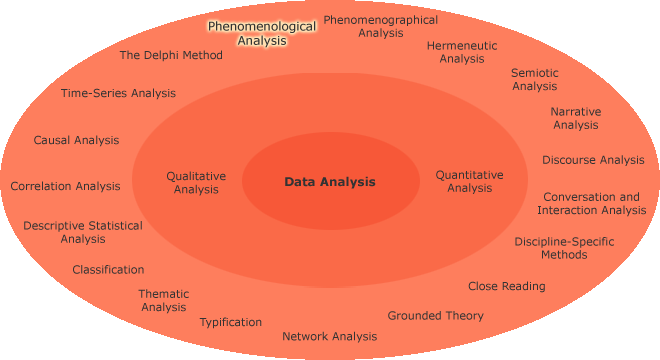

Conventional content analysis is used in studies that aim to describe a phenomenon where exiting research and theory are limited. Hsieh and Shannon (2005) present three types of content analysis, any of which could be used in a qualitative descriptive study. Other cardinal features of the qualitative descriptive approach include (a) a broad range of choices for theoretical or philosophical orientations, (b) the use of virtually any purposive sampling technique (e.g., maximum variation, homogenous, typical case, criterion), (c) the use of observations, document review, or minimally to moderately structured interview or focus group questions, (d) content analysis and descriptive statistical analysis as data analysis techniques, and (e) the provision of a descriptive summary of the informational contents of the data organized in a way that best fits the data ( Neergaard, Olesen, Andersen, & Sondergaard, 2009 Sandelowski, 2000, 2001, 2010).Ĭontent analysis refers to a technique commonly used in qualitative research to analyze words or phrases in text documents. Findings are presented in straightforward language that clearly describes the phenomena of interest. These theories and frameworks serve as conceptual hooks upon which hang study procedures, analysis, and re-presentation. Researchers who use qualitative description may choose to use the lens of an associated interpretive theory or conceptual framework to guide their studies, but they are prepared to alter that framework as necessary during the course of the study ( Sandelowski, 2010).

The difference between high and low inference approaches is not one of rigor but refers to the amount of logical reasoning required to move from a data-based premise to a conclusion. Qualitative descriptive studies focus on low-inference description, which increases the likelihood of agreement among multiple researchers. 336) than many other methodological approaches. Researchers using qualitative description “stay closer to their data and to the surface of words and events” ( Sandelowski, 2000, p. Such studies are characterized by lower levels of interpretation than are high-inference qualitative approaches such as phenomenology or grounded theory and require a less “conceptual or otherwise highly abstract rendering of data” ( Sandelowski, 2000, p. In two seminal articles, Sandelowski promotes the mainstream use of qualitative description ( Sandelowski, 2000, 2010) as a well-developed but unacknowledged method which provides a “comprehensive summary of an event in the every day terms of those events” ( Sandelowski, 2000, p. The purpose of this methodology article is to define and outline qualitative description for health science researchers, providing a starter guide containing important primary sources for those who wish to become better acquainted with this methodological approach.ĭescribing the Qualitative Descriptive Approach Qualitative description is especially amenable to health environments research because it provides factual responses to questions about how people feel about a particular space, what reasons they have for using features of the space, who is using particular services or functions of a space, and the factors that facilitate or hinder use. Yet eminent researcher Margarete Sandelowski argues that in “the now vast qualitative methods literature, there is no comprehensive description of qualitative description as a distinctive method of equal standing with other qualitative methods, although it is one of the most frequently employed methodological approaches in the practice disciplines” ( Sandelowski, 2000). Typically, qualitative textbooks present learners with five approaches for qualitative inquiry: narrative, phenomenological, grounded theory, case study, and ethnography. 48) suggests qualitative research is preferred when health science researchers seek to (a) share individual stories, (b) write in a literary, flexible style, (c) understand the context or setting of issues, (d) explain mechanisms or linkages in causal theories, (e) develop theories, and (f) when traditional quantitative statistical analyses do not fit the problem at hand. There is an explosion in qualitative methodologies among health science researchers because social problems lend themselves toward thoughtful exploration, such as when issues of interest are complex, have variables or concepts that are not easily measured, or involve listening to populations who have traditionally been silenced ( Creswell, 2013).


 0 kommentar(er)
0 kommentar(er)
